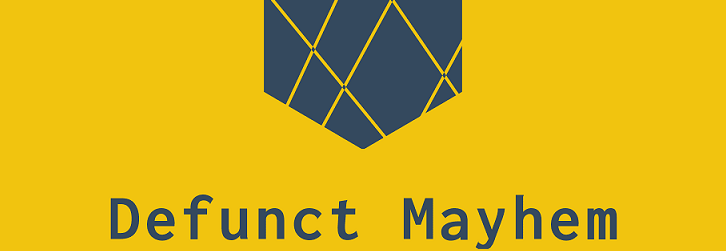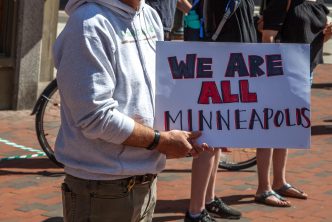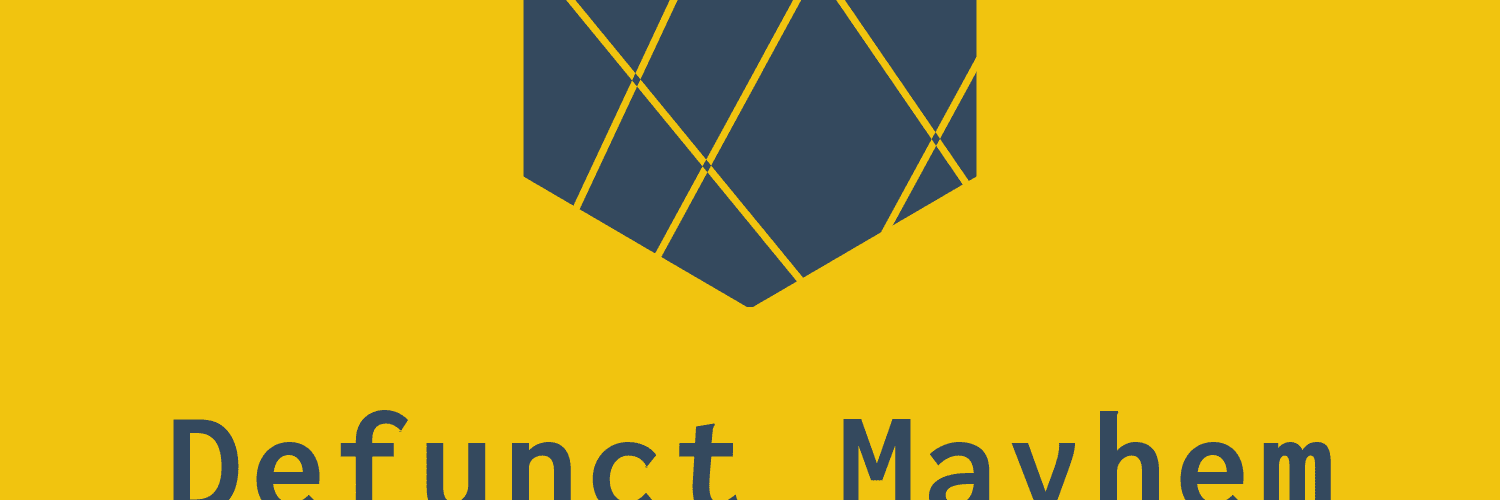Originally posted on Facebook as a repost from Twitter:
I tend to keep my writing and my Twitter as separate entities. I like to think of Twitter as a place where raw thoughts emerge, and this blog as a place that allows for a little more thought, but I got a bit frustrated with some political rhetoric today and I would like to share the thread I wrote here.
Earlier today, the Conservative party tweeted the image in the attached screenshot. Normally, I’d roll my eyes and move on, but this was something that could be determined numerically.
We will be ready, when the time comes and his government falls, to take the fight back to Justin Trudeau – and give Canadians the government they need to get ahead.#cdnpoli pic.twitter.com/8KapFsTGbx
— Conservative Party (@CPC_HQ) October 25, 2019
This is (partially) demonstrably untrue.
While yes, 121 seats is the most any official opposition has ever held, Canadian parliament now has 338 seats, the most ever.
This means Conservatives hold 35.7% of the seats in the house.
There have been 18 opposition parties in the house over the course of Canadian history that have held a greater percentage of the house than the Conservatives currently do:
1872 Liberal 47.5%
1925 Conservative 46.9%
1891 Liberal 41.9%
1972 Conservative 40.5%
1979 Liberal 40.4%
1896 Conservative 39.2%
1957 Liberal 38.5%
1908 Conservative 38.5%
1911 Liberal 37.4%
1962 Liberal 37.2%
1887 Liberal 37.1%
1926 Conservative 37.1%
1900 Conservative 36.7%
1930 Liberal 36.7%
1965 Conservative 36.6%
1980 Conservative 36.5%
1974 Conservative 36%
1963 Conservative 35.8%
This is not including times where opposition parties have formed coalitions with a third party, fourth party, fifth party, or independents in the house.
Canada is not a two party system and that’s worth remembering.
For example, in 1867, the very first time we did this election thing, while the official opposition party – the Liberal party – won only 34.5% of the vote, they sat with, and voted with, the short-lived Anti-Confederation party from Nova Scotia, meaning they held 44.5% of the house.
Or, if you want to compare it to times the government formed was a minority government, you can look at 1925 when the opposition Conservative party held 46.9% of house seats to the Liberal government’s 40.8% and an election was called. The election in 1926 was A Liberal minority, but stronger.
2004, the Liberals won a minority government(43.8%), and the new coalition government between the Canadian Alliance Party and Progressive Conservative parties (32.1%) called an election and formed government in 2006
This is to say that the “strength” of a minority government is not rooted in how many seats they have as the Scheer-led Conservatives are claiming in this graphic. It could be argued that an opposition’s strength is in how well it functions or how it holds balance of power
Looking at the current situation where the NDP and Bloc hold the balance of power because it is not a two-party system. It would stand to reason that, if the Conservative party wants to do what is best for Canadians, they will not argue about party size or seat count but will work with the other parties in the house to get shiz done. They do not have the strength in numbers to wage an effective combative-opposition strategy right now – even though they may have the most seats an opposition has had – and it’s unlikely they’ll be the ones to form a coalition.
Let’s see some collaboration. The rhetoric of “popular votes” and “seat counts” is alarmingly Trumpian. Canadians have shown that there is no place for that in our government. I’d like to see that reflected in reality.
Read on ThreadReader: HERE






